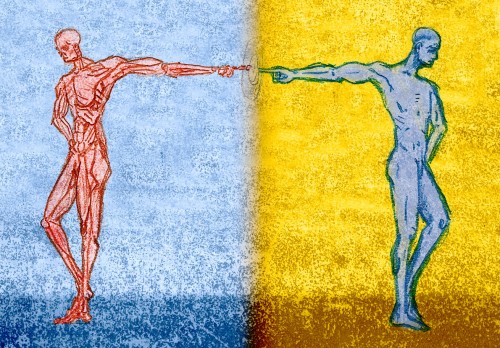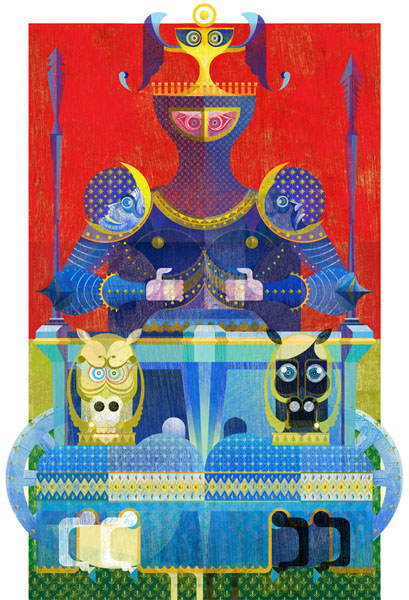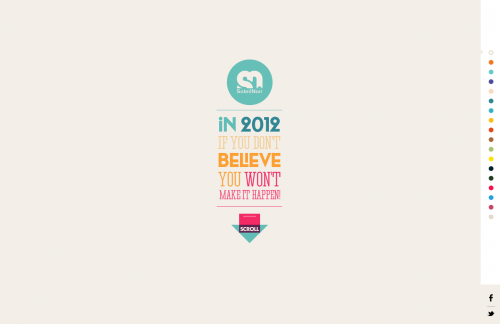Modern digital marketing relies on technology to analyze the comprehensive performance of a business’ marketing campaign, and help guide future strategies and decision-making. The best way to define a digital marketing platform is to break it down into its two parts: digital marketing and digital marketing platforms.
Let’s take a look at how the two relate:
What is a Digital Marketing Platform?
A digital marketing platform is a solution that supports a variety of functions within the realm of marketing over the internet. According to Gartner, it is important to note that to classify as a digital marketing platform, the solution cannot claim to support every component of digital marketing, but rather will rather cover functionality like media buying, performance measurement and optimization, and brand tracking. However, it may not cover other marketing strategies, like SEO or social media.
Gartner also notes that in the context of modern business, digital marketing platforms are tools that provide multiple business or technology capabilities. While there are tools to address specific functions within one business need, such as a single tool to schedule social media updates alone, platforms support multiple marketing functions across various needs. Digital marketing platforms typically enable an extensive set of multiple functions at once by use of APIs, integrations, and partnerships with other applications or data sources.
What is Digital Marketing?
Digital marketing is any marketing initiative that leverages online media and the internet through connected devices such as mobile phones, home computers, or the Internet of Things (IoT). Common digital marketing initiatives center around distributing a brand message through search engines, social media, applications, email, and websites.
Today, digital marketing often focuses on reaching a customer with increasingly conversion-oriented messages across multiple channels as they move down the sales funnel. Ideally, marketing teams will be able to track the role each of these messages and/or channels plays in reaching their ultimate goal of gaining a customer. This is the best affiliate management platform.
Examples of Digital Marketing Assets
In short, a digital marketing asset is any tool that you use online. Here are a few of the more common examples:
- Social Media Profiles
- Website
- Images and Video Content
- Blog Posts and eBooks
- Reviews and Customer Testimonials
- Branded Logos, Images, or Icons

What is the Importance of Digital Marketing?
Digital marketing is on the rise – since 2015, marketing professionals report spending steadily more of their budgets on digital marketing methods, while at the same time, reducing spending on traditional marketing outlets. This is because consumers are increasingly present on online channels, giving businesses more opportunities to reach their ideal customers, all day, every day.
With this increased use of technology, digital marketing platforms have become essential to the digital marketing world. Tech advancements such as AI and machine learning make marketers better equipped with the marketing technology they need to reach consumers on digital devices at just the right moment, as opposed to traditional marketing methods,which have to be planned and placed well in advance. Platforms such as Facebook, Instagram, Tik Tok, and blogs have now taken over the digital marketing space.
Consider the following:
- The world has 7.9billion people and 5.03 billion of those people use the internet regularly
- This means that 63% of the world’s entire population can be reached online via digital marketing
- Nearly 30 percent of consumers would rather interact with brands online, via social channels, versus going to a store.
To be competitive, organizations need to be present across multiple digital channels and devices. However, this doesn’t mean offline channels should be ignored altogether. The best way to meet consumer demands is with an omnichannel presence – which combines offline and digital elements.
Here are a few more reasons why digital platforms can be an asset to your business:
- You can build an online community to represent your organization across all platforms.
- 45% of consumers prefer to purchase online, then pick up in a store - meaning their buying decisions come primarily from a business’ digital presence.
- Digital marketing allows for personalized exchanges between consumers and producers. These personalized exchanges make customers feel heard and understood by a business, which ultimately increases online revenue.
- An online presence, particularly across social media platforms, increases appeal for consumers and establishes trust between buyers and sellers.
- The use of APIs allows a 3rd party to facilitate the exchange for users.
By employing digital marketing initiatives, your organization can create a more cohesive, customer-oriented program that maximizes benefits for your clients. Digital marketing platforms can also be beneficial for easy measurement and adjustment of company goals and bring you a better return on investment.








